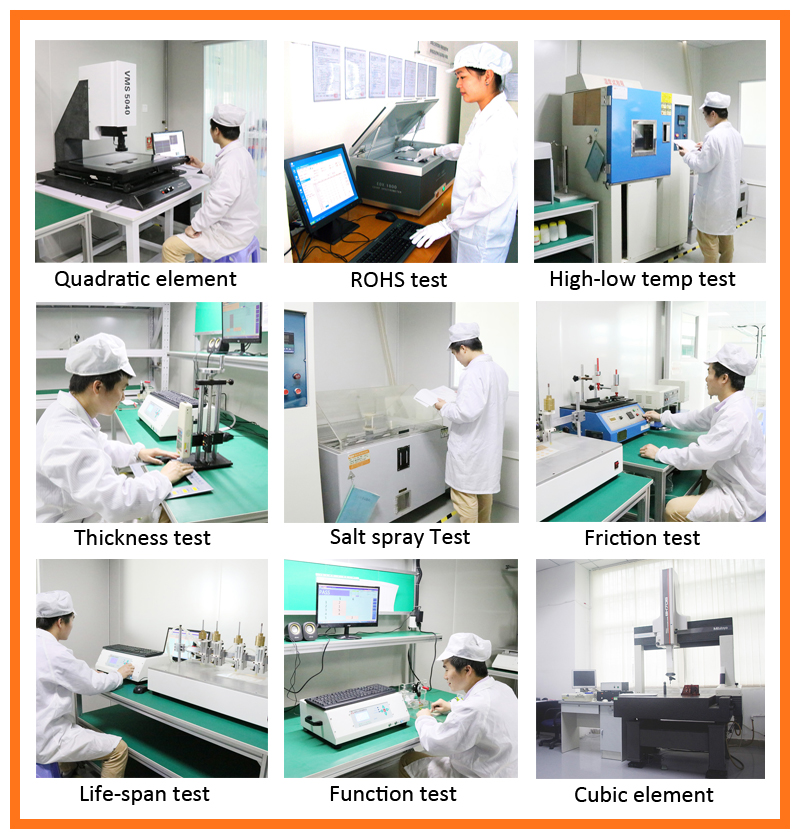
 Tel: +86755-27523807 +8613715205860(wechat/whatsapp)
Tel: +86755-27523807 +8613715205860(wechat/whatsapp) Email: jcf@jcftechnology.com
Email: jcf@jcftechnology.com

 Tel: +86755-27523807 +8613715205860(wechat/whatsapp)
Tel: +86755-27523807 +8613715205860(wechat/whatsapp) Email: jcf@jcftechnology.com
Email: jcf@jcftechnology.com
1. Broken and short-circuited: The conductor is not allowed to have any broken or short-circuit phenomenon.
2. Impurities: The lines must not have any impurities attached to them.
3. Conductor thickness: Generally, the thickness of the conductor is controlled at 7-12μm, and it is uniform and smooth.
4. Position offset of upper and lower circuit: The allowable tolerance for the mutual offset of the center positions of the membrane keypads switch contacts of the upper and lower circuit is Ф0.5mm.
5. Material: substrate, silver paste, carbon ink, spacer, adhesive glue, reinforcing sheet, insulation printing should comply with the regulations of the membrane switch drawings.
6. Shape: The external shape, conductor line, insulation treatment, lining board combination, etc. should conform to the drawings or customer samples.
7. Defects and pinholes of conductors: Judging according to the following standard, one is allowed within each 50mm range.
8. Carbon ink: The carbon ink covering the silver paste circuit should ensure that the silver paste is completely covered with a thickness of 8-10 μm, and the silver paste should not be protruded.
9. Punching size: The tolerance of punching size should not be greater than 0.2mm, and the position should be on the side without conductors.
10. Contact points of all membrane keypads: There should be no insulating ink attached, and the insulating ink surface should be flat to avoid any defects such as air bubbles or pinholes that affect the insulating effect.
11. Assembled parts: There should be no residual material and debris on the surface, which may be attached to the surface and the grease inside, and fingerprint impurities on the circuit.
12. Scratches: All circuits and contact points must not have internal flaws. The principle of slight scratches will not affect their impedance. The surface of carbon ink is easily scratched, and the scratches should not affect the conduction of the circuit.
13. Adhesion strength: After the insulating ink is dried, press the ink surfaces against each other for 24 hours to ensure that the insulation does not adhere to each other. After sticking with pressure-sensitive tape for 1 minute without air bubbles, peel off quickly without any ink falling off.
14. Circuit bridge: All bridge parts are required by circuit conductors, and all bridge parts must undergo 100% open, short circuit test and insulation resistance test. Make sure there is no open, short circuit and insulation resistance should be greater than 500MΩ (500VDC for 1 minute).
More information visit:www.jcftechnology.com
